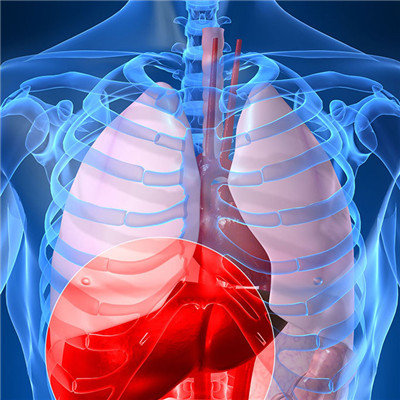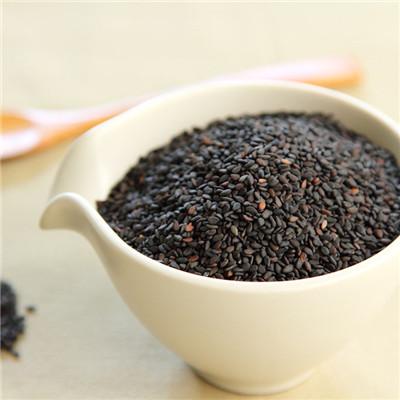Stage symptoms of lumbar spondylolisthesis?
summary
Lumbar spondylolisthesis is caused by congenital dysplasia, trauma, strain and other reasons, resulting in the adjacent vertebral body bone connection abnormality and the occurrence of upper vertebral body and lower vertebral body part or all slip, manifested as lumbosacral pain, sciatic nerve involvement, intermittent claudication and other symptoms of the disease. Stage symptoms of lumbar spondylolisthesis? Let's talk about it
Stage symptoms of lumbar spondylolisthesis?
Lumbosacral pain: more performance for blunt pain, a very small number of patients can have severe pain of the tailbone. Pain may occur after exertion or persist after a sprain. It is aggravated when standing or bending, and relieved or disappeared after bed rest.
Sciatic nerve involvement: it is characterized by radiation pain and numbness of the lower limbs, which is due to the fibrous connective tissue or hyperplasia of the isthmus fracture, which can compress the nerve root, and the nerve root is pulled when it slips; Straight leg raising test was mostly positive.
Cauda equina by traction or compression symptoms: serious slippage, cauda equina involved can appear lower limb fatigue, sellar area numbness and defecation dysfunction and other symptoms. Intermittent claudication: if the nerve is compressed or combined with lumbar spinal stenosis, the symptoms of intermittent claudication often appear.
matters needing attention
Reduce the waist excessive rotation, squat and other activities, reduce the waist excessive load. This can reduce the excessive strain and degeneration of lumbar facet joint, and avoid the occurrence of degenerative lumbar spondylolisthesis to a certain extent. Especially reduce abdominal fat accumulation. Overweight increases the burden and strain of lumbar spine, especially the accumulation of abdominal fat, and increases the tendency of lumbar spondylolisthesis on the sacrum.










